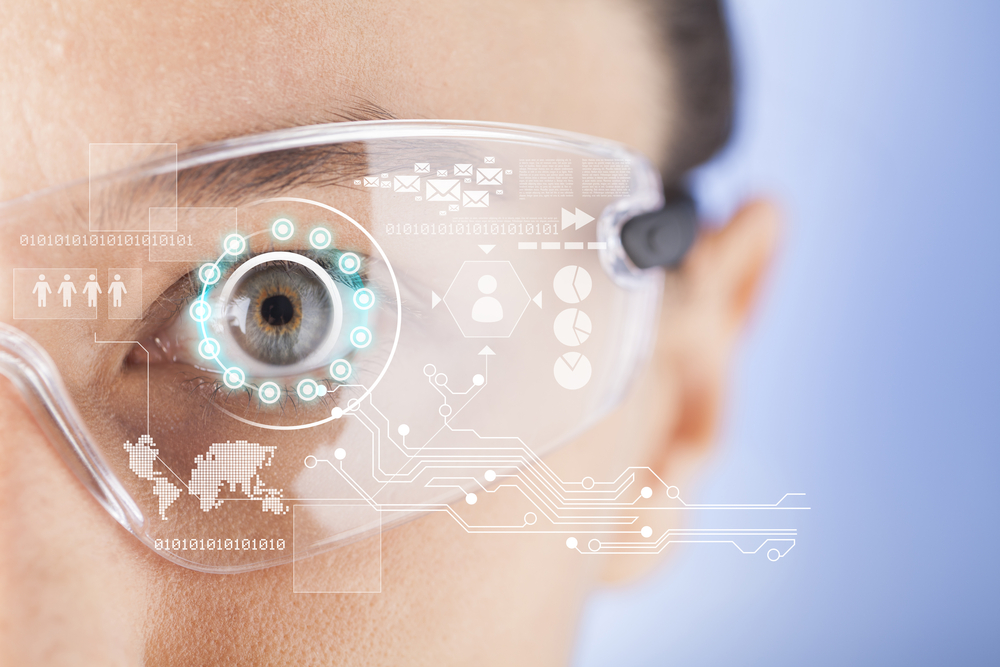Business applications will drive the growth of augmented reality and wearable devices, according to a new report.
While much of the hype around these technologies has focused on consumer technology, the results of a study by Beecham Research point to the enterprise as the biggest platform for developing related applications.
The report identified manufacturing, logistics, healthcare and retail as some of the most dynamic markets for augmented reality, offering a new way for people to interact with information hands-free, access knowledge, and provide a greater depth of control.
Recent acquisitions reflect a growing level of market activity and consolidation in companies selling augmented reality and wearable technology products.
>See also: 5 ways augmented reality wearables will develop in coming years
This includes PTC’s purchase Vuforia at the end of last year for $65 million to support its next generation of technology solutions for manufacturers, and follows acquisitions of Internet of Things companies ThingWorx and Axeda.
Other acquisitions in 2015 included Apple’s purchase of Metaio, borne out of a project at Volkswagen, and Facebook’s purchase of augmented reality company Surreal Vision.
“It is clear that the overall status of the enterprise market for augmented reality and wearable technology is at a tipping point, moving from trials and testbed projects to real commercial deployments,” said Matthew Duke-Woolley, market analyst at Beecham Research and author of the report.
“While it is still questionable to provide a firm forecast, if this speed of transition accelerates as companies quickly recognise the benefits and return on investment, we believe the market can reach just under $800 million by 2020.”
The report examines some of the emerging business applications of augment and wearable technology, such as head up displays in manufacturing systems to support complex production processes, collaborative product design and prototyping; remote assistance of specialist distant engineers and technicians; medical systems to enable surgeons to access relevant data in theatre without being distracted; and education and training.
Current human-computer interfaces in mobile computing are primarily based around touchscreens, but augmented reality and wearable technology offer a hands-free computing environment that enables greater interaction with information and the user’s surroundings, according to Saverio Romeo, principal analyst at Beecham Research.
>See also: The workplace provides the perfect fit for wearable technology
He said he expects to see rapid evolution of smart glasses with more miniaturisation, better field of view and battery life, while there will also be increasing attention on the convergence with virtual reality technology and the Internet of Things to deliver competitive advantage. “Collaboration with augmented reality, virtual reality and Internet of Things players will be crucial.”
Augmented reality technology and wearable devices blur the lines between computer and human environments and provide a more immersive and interactive experience, added Duke-Woolley.
“While it is still unclear where the consumer ‘killer-apps’ will appear,” he said, “there is real momentum building around business-use cases that will gain pace over the next two years with more product releases, real-world deployments and market acquisitions.”







